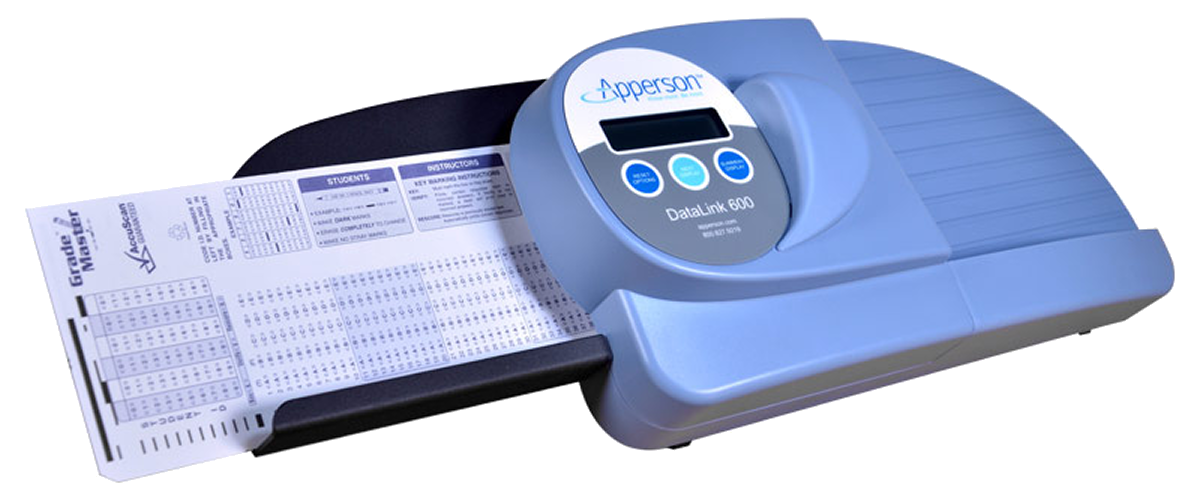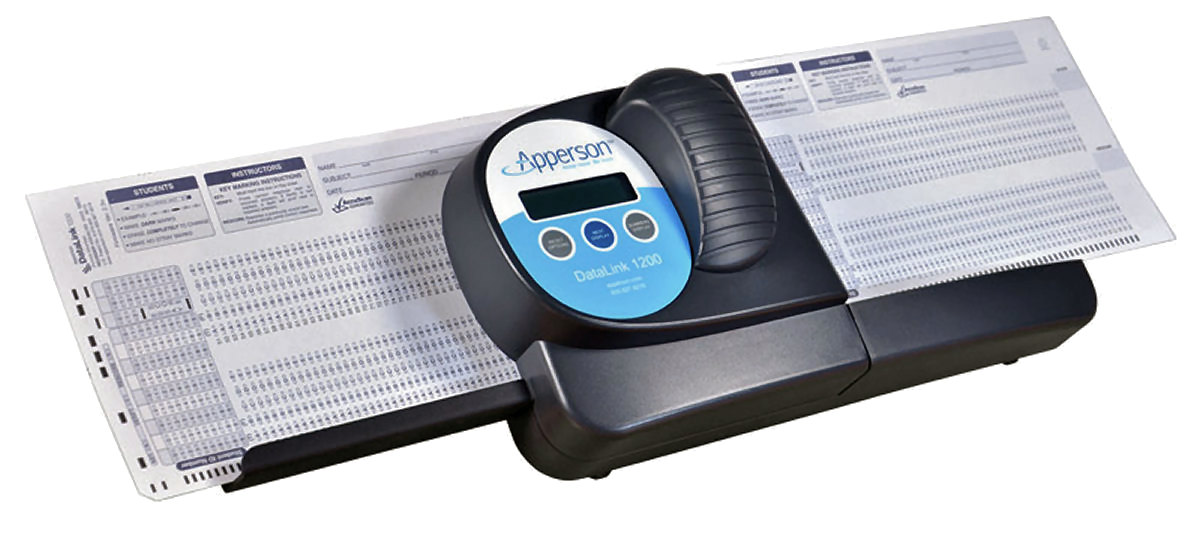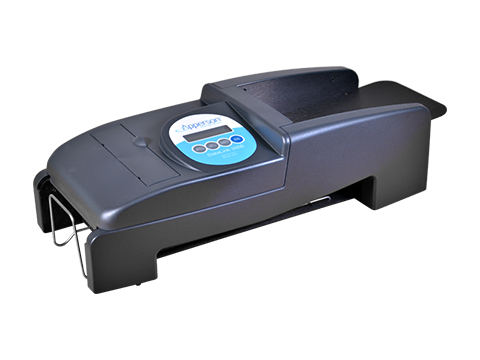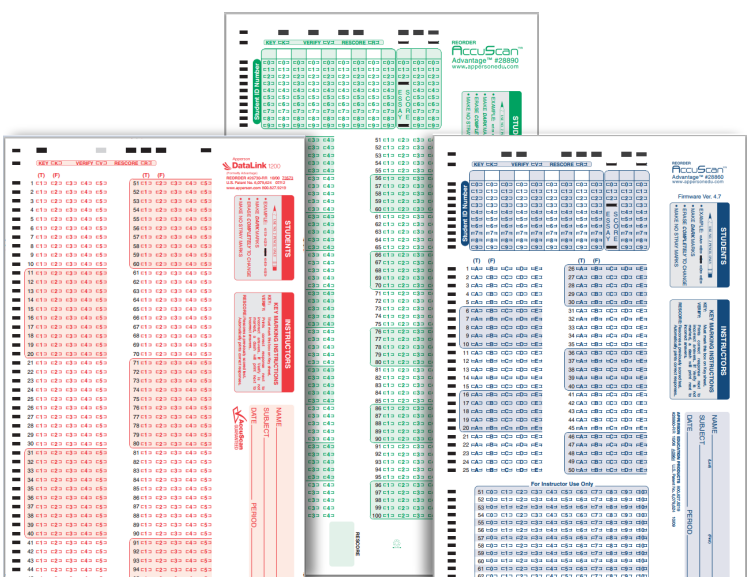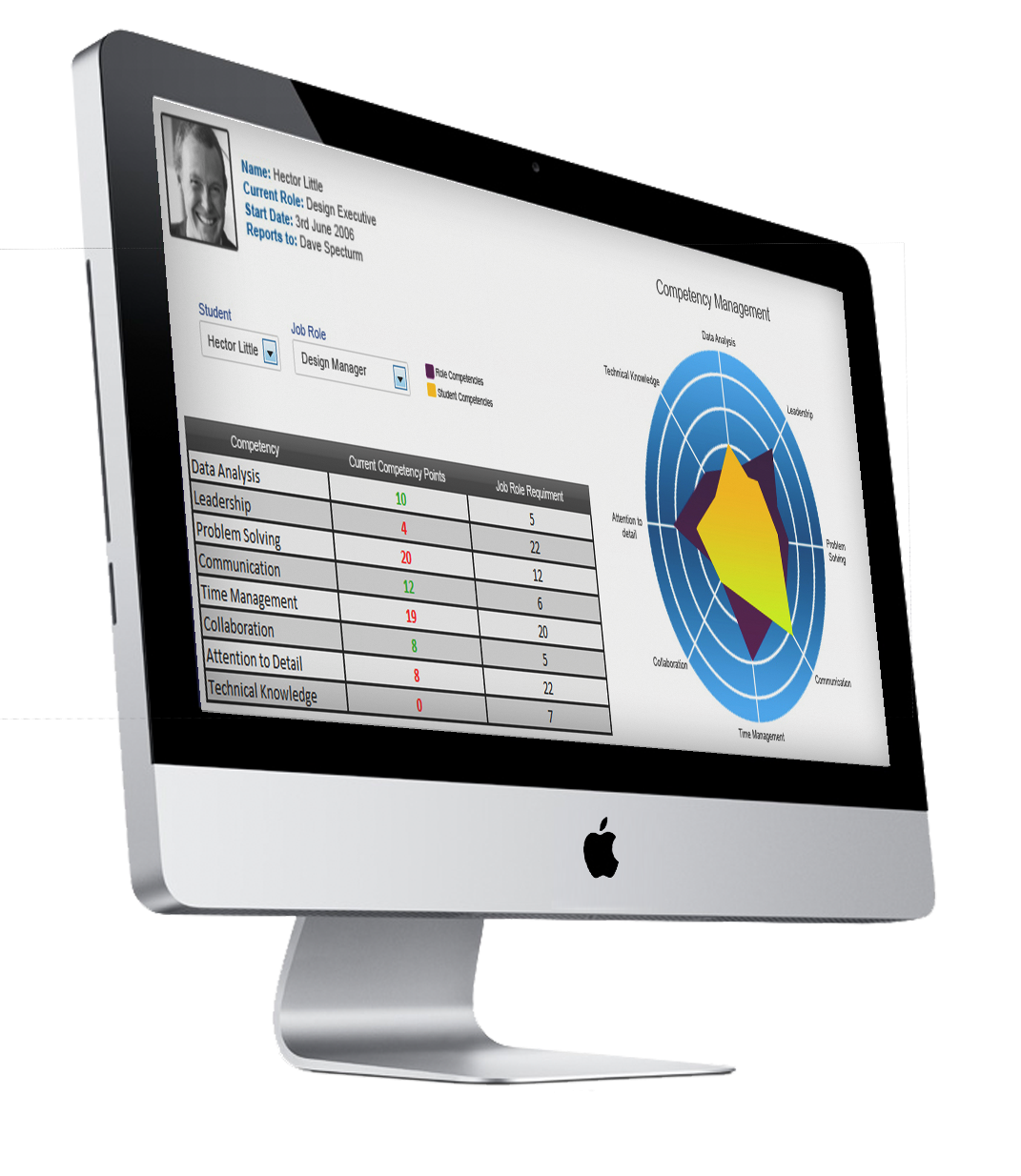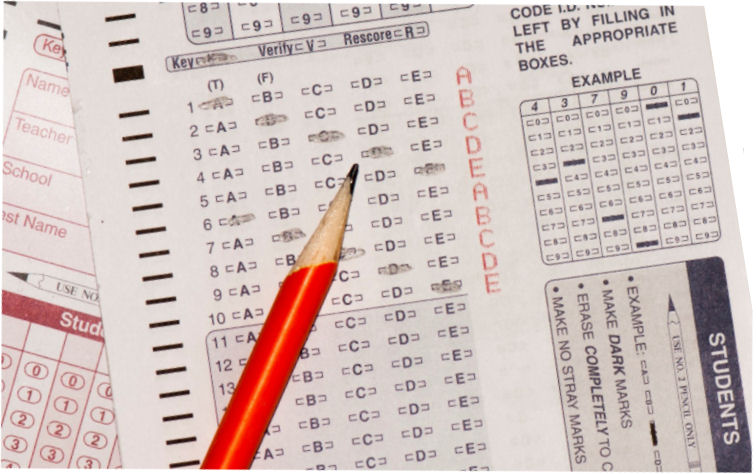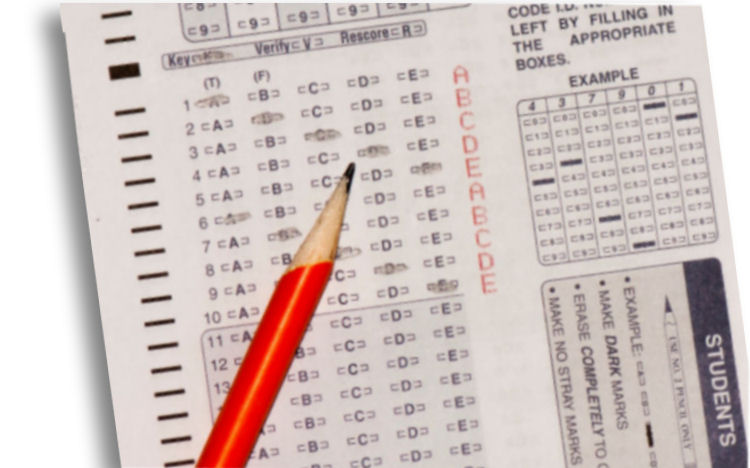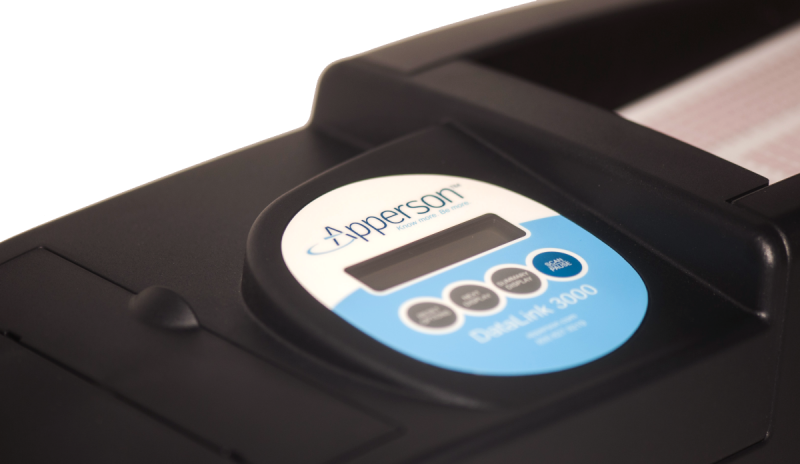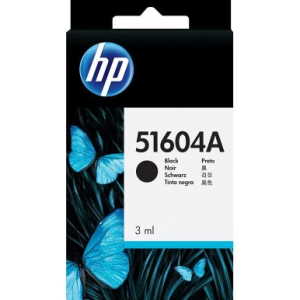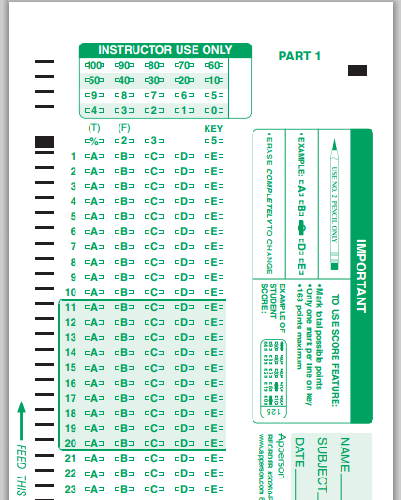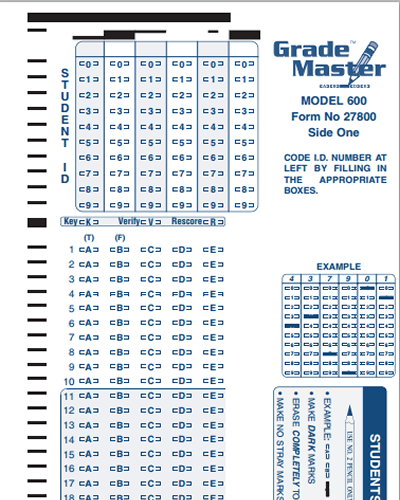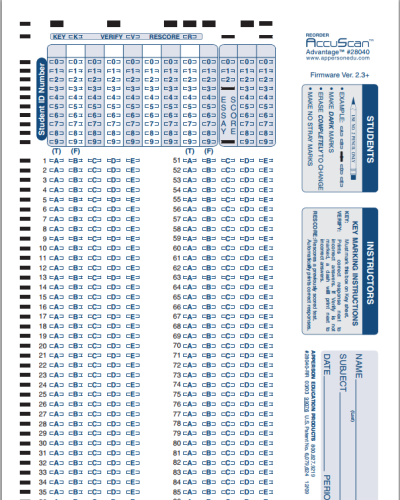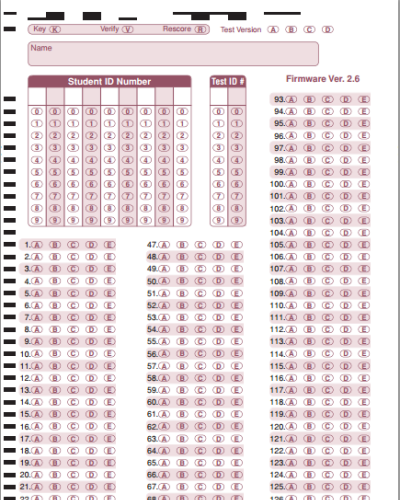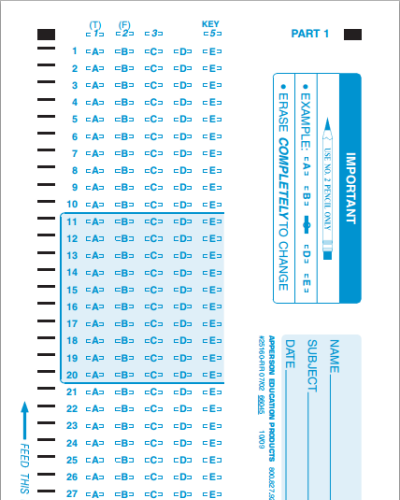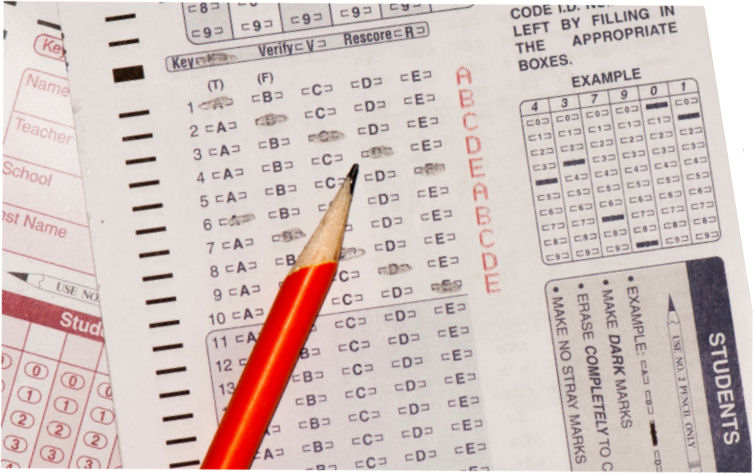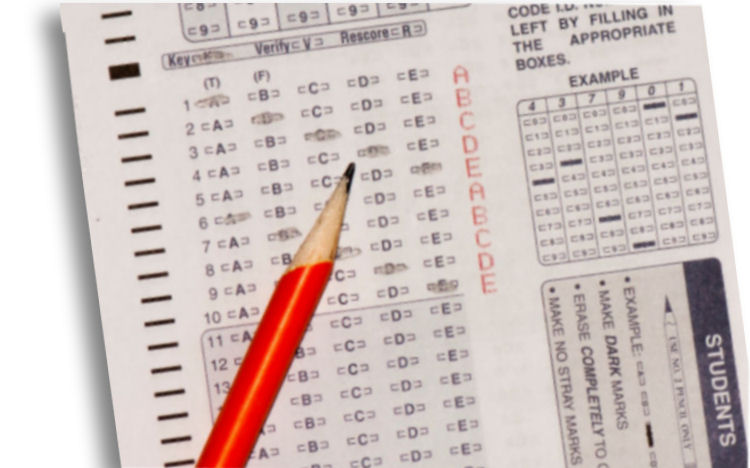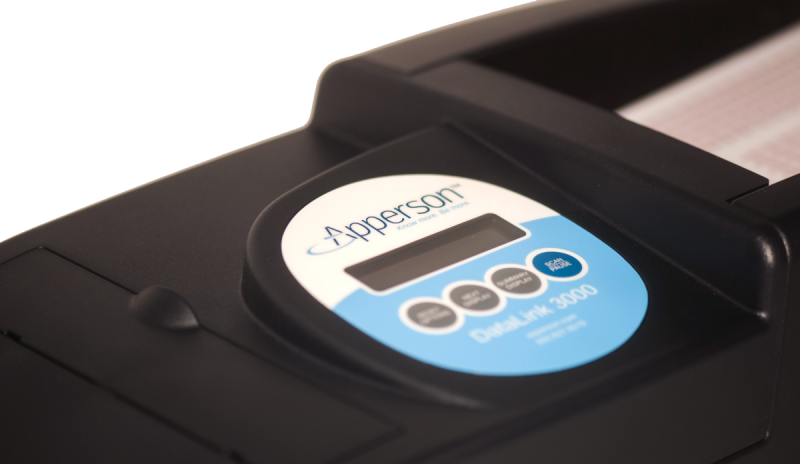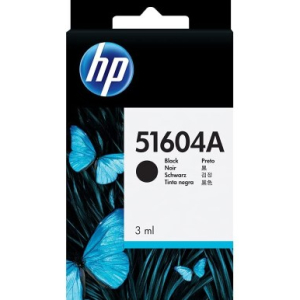
Multiple-choice examinations are a popular assessment tool among instructors and schools. Thanks to modern scanning technology, they are easy to grade and often the only way to evaluate larger classroom sizes at the college and university levels. When properly prepared, they are also an efficient way to test multiple learning objectives in one sitting. When badly written, multiple choice tests can lead to underwhelming test scores and leave even the brightest students frustrated.
Are you struggling with this popular assessment tool? Check out our tips below on creating multiple questions exams that are straightforward, easy to read and effective.
Do
- Make sure your right answer is truly the only possible correct option - don’t ask students to choose the “best” answer among a list of options, as it leaves room for subjectivity.
- Create distractors that are plausible. Avoid absurd options.
- Make sure all options are grammatically consistent. This means using similar verb tenses, sentence lengths, etc.
- Present your options in a logical order (alphabetically, numerically).
- Integrate common student mistakes and previous wrong answers into your distractors.
- Make sure the placement of your right answer is random and there is no discernable pattern.
- Vary the difficulty of questions throughout your test. Having all your most difficult questions clustered together can lead to unnecessary stress among students, while grouping your easiest questions together can lead to students underestimating the difficulty and time needed to complete the exam.
- Test critical thinking, not just your students’ ability to memorize information or random facts.
- Make sure all your relevant learning objectives are equally represented across your exam.
- Get feedback! Second opinions from a colleague can be invaluable for both assessing the quality of your test design but can also enable you to identify any errors or confusing statements that you missed during your review.
Don’t
- Use “all of the above” and “none of the above” as options. And if you do, do so sparingly. This prevents students from using partial knowledge to guess the correct answer.
- Use Double (or Triple) Negatives. (i.e. Which of the following are unnecessary … ? Which are the most unlikely … ? Which of the following is not … ?). They can be confusing to read and trip up students, especially when there is a tight time limit.
- Use absolutes like “always” or “never” unless you can verify the veracity of the statement.
- Use confusing language or vocabulary beyond the students’ current level. You are assessing mastery of content, not advanced reading skills.
- Make your questions and your choices unnecessarily long. Minimize the amount of reading students need to get through and the risk of them losing their train of thought. Remove irrelevant information.
- Use vocabulary or idioms that can be confusing for non-native English speakers.
- Use trick questions. Your goal is to accurately assess your students’ knowledge of the material, not to get one over on them.
Looking to further improve the quality of your multiple-choice test design? Check out these related articles from CAMtria:
- Writing Better Distractors For Your Multiple-Choice Tests
- 6 Ways to Evaluate and Improve Your Multiple Choice Test Design
Stay up to date with our news and promotions:
Sources:
- http://blogs.onlineeducation.touro.edu/15-tips-writing-multiple-choice-questions/
- https://www.uky.edu/celt/dos-and-donts-writing-multiple-choice-questions
- https://community.articulate.com/articles/writing-multiple-choice-questions
- https://www.humber.ca/centreforteachingandlearning/assets/files/Teaching%20Methods/Do's%20Don'ts.pdf
- http://theelearningcoach.com/elearning_design/rules-for-multiple-choice-questions/


